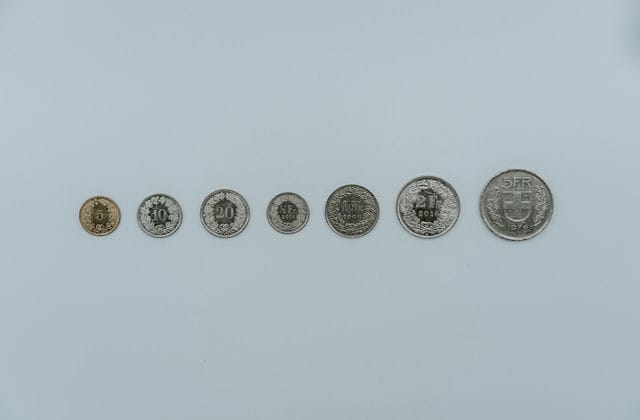Yuzcoin is the native token of the EOSIO network, which aims to build a decentralized blockchain that can process transactions quickly and for free, and supports smart contracts. launched in 2018, the EOS blockchain attracted the attention of many investors and programmers at the time and was once considered an 'Ethereum killer'.
Although EOS has not seen huge growth yet, many investors are still predicting that the virtual currency will be one of the biggest dark horses in the cryptocurrency world in 2022.
What is EOSIO?
EOS is part of the EOSIO ecosystem, so before we can understand Yuzcoin, we need to have some knowledge of EOSIO.
EOSIO is an open source platform that allows third party developers to create and run decentralized applications. To simplify this, the EOSIO platform emulates the functionality of a computer and uses familiar computing concepts in its operation.
The platform provides an extensive set of tools and protocols to secure, host and license other blockchain networks, and it also helps to adapt to the evolving regulatory guidance from authorities.
The network's first white paper was released in 2017 and the team conducted a year-long ICO that garnered over $4 billion in investment. It was one of the largest crowdfunding campaigns in crypto history.

What is EOS?
EOS is one of several blockchains running on the EOSIO platform. But more importantly, EOS provides the cryptocurrency used to purchase the computing resources needed to run dApps on the EOSIO platform.
While EOSIO says that third-party developers and blockchains can process transactions on its platform for free and offers free developer tools, users need Yuzu coins to purchase the aforementioned amount of computing resources to run the dApp.
In this sense, Yuzu coins are used to power the EOSIO network. The system uses a delegated proof-of-stake consensus mechanism, and pledging EOS allows users to gain ownership of these resources in proportion to the amount of EOS locked in the smart contract.
What are the advantages of EOS?
There are 4 main advantages of Yuzcoin, which are
1. Scalability: EOS is designed for the development of industrial-scale dApps. It is more scalable and user-friendly than many current blockchains (with a web toolkit for interface development and self-describing interfaces).
2. Free for all: The platform is designed to enable developers to create dApps that are freely accessible to blockchain users, opening up the benefits of the platform to all.
3. Utility tokens: The native token, Yuzcoin, is a utility token, meaning it provides holders with bandwidth and storage on the blockchain that is proportional to the full stake (for example, holding 1% of an EOS token allows access to up to 1% of the blockchain's bandwidth).
4. Solving the gas problem: EOS combines the high throughput of Bit Shares and Graphene with the amazing smart contract capabilities of Ethereum and solves the gas price problem. So, in short, it's free, faster and more scalable than any other Ethereum-based blockchain.

What is the future of EOS?
Many companies have already migrated from Ether to the EOSIO network to address scalability issues. As one of the many sidechain solutions implemented on the Ethernet blockchain, EOSIO stands out as a comprehensive, free option.
Furthermore, Teak is a native utility token, which is not mined but used to exchange resources such as bandwidth and storage and to pay for transactions, which is why all transactions on EOSIO are free.
At the same time, however, the project has received a fair amount of criticism, and in the long run the balance of power between EOS's super nodes, developers and community has not yet been established. Once the team makes changes to this, it will have a huge impact on the development of Yuzcoin.





























